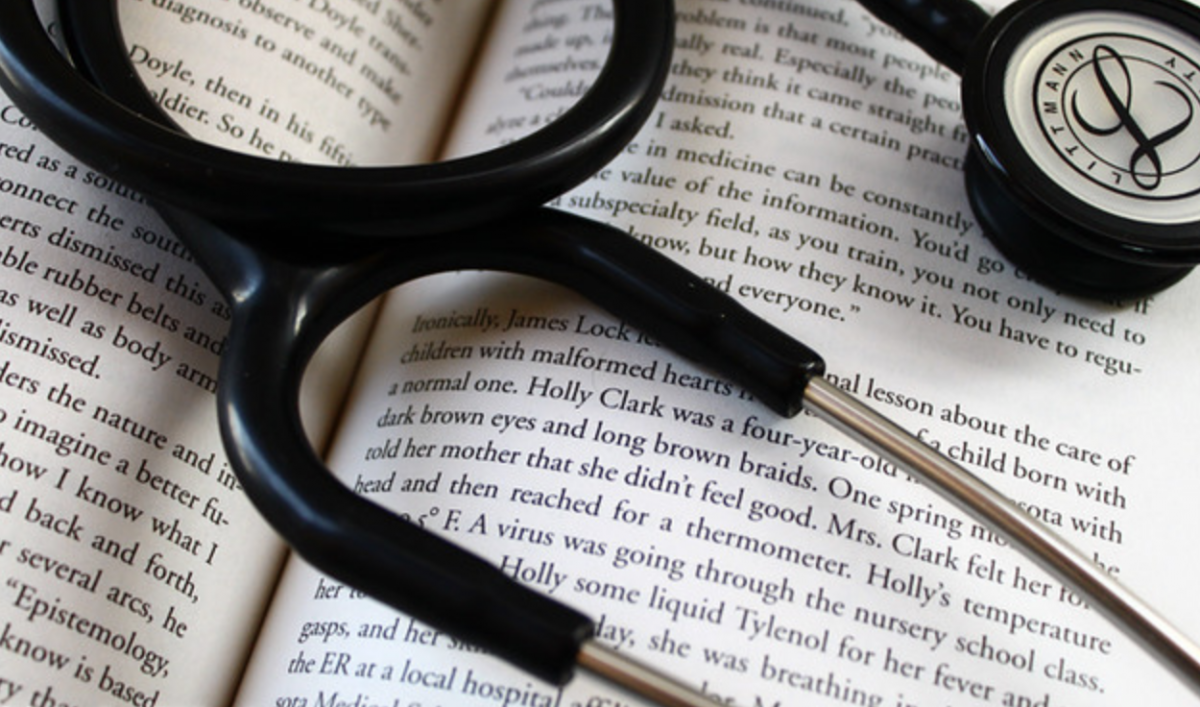No school for the rest of the year, at least. Every kid’s dream. But something about this sentencing by our administration feels different from the emancipating pre-recorded voice message left by the school district on the night before a snow day. COVID-19 has caused a mix of confusion, anxiety, apprehension and uncertainty to enter our minds.
Uncertainty rings the loudest. Will we finish our clinical duties as scheduled? Are the people we know and love going to be safe? Is it right for us to be on the sidelines when we believe we can contribute? We seek to understand our role as students of both medicine and public health during this time. We hope this column will illuminate student uncertainties to allow our supervisors to make the important decisions affecting hospital systems, the general public and the thousands of future medical professionals across the country.
Our initial worries regarding clerkship delays and graduating on time quickly subdued as the exponential growth of this pandemic became an unfortunate reality for the United States. Having worked in hospitals with confirmed cases of COVID-19, are we putting our families, loved ones and neighbors at risk?
In light of the potentially catastrophic impact on human health and economic well-being, it is crucial that we as medical students adapt to the ongoing changes we will face in the upcoming months. However, we are still human, in fear and unsure of what role to assume. As the demand for a trained workforce overcomes the supply of healthcare workers who may fall ill, we have a duty as medical students to step in and volunteer. Conversely, the argument lies in our questionable ability to help, as we are in the midst of our training and have limited autonomy and authority to play an essential role in patient care. With our limited medical skills, are we simply perceived as added baggage and cost to our nation’s healthcare system?
Medical educators also face a tough challenge amidst the chaos. Their own roles are being put to the test— what is their duty to students, and how do they balance being impactful healthcare educators with caring for their patients responsibly? The Association of American Medical Colleges (AAMC) emphasizes that knowledge of well-established data regarding transmissibility, morbidity, and mortality allows students to be regularly involved in the care of patients with communicable diseases like influenza, measles, TB and HIV.1 Because this data is not fully understood for COVID-19, the AAMC recommends that “some schools may suspend all clinical activities for their students for a period of time… and should commit to creating meaningful alternate learning opportunities.”
The decision to relieve students from clinical exposure and transition to online learning makes it clear that educators value our health and well-being. From their perspective, to protect the health of medical students is to invest in the future of medicine. From ours, to learn best is to be immersed in the action. As future public health physicians, it will be our duty to work on the front lines of human care—pandemic or not. We are not the only group privileged with this task—firefighters run into burning homes, police personnel to precarious domestic disputes and soldiers toward gunfire. We will, however, be faced with people on their worst days every single time we go to work. This is not easy and is one of the reasons our education process is one of the lengthiest of any.2
Online learning, while helpful in many situations, does not train us to speak with families about national healthcare emergencies. It does not expose us to the quick decision-making skills that we will be responsible for making in the very near future.3 It does not teach us how to manage patients in a time of urgency when masks and toilet paper become gold. We face frustration in trying to understand how we can become the best doctors from the bench when we believe we have value to add in the game. With this said, we students understand our role during our surgery clerkship when a patient is losing significant blood on the operating table. We know when to take a step back and let the experienced professionals work. Perhaps, part of our learning is understanding roles— when to become involved and when to support from the sideline.
The director general of the World Health Organization recently said, “We’re not just fighting an epidemic; we’re fighting an infodemic.” We live in a time when information (and misinformation) spreads rapidly; as inaccuracies are perpetuated, so are fear and panic. Maybe the most important job for us as medical students is to be well informed and to help disseminate reliable information throughout the course of our own education.
Historically, a gap has existed between medical student knowledge of viral pandemics and the scientific truth. Despite the need to close this gap, we believe we are still equipped with the resources and power to help during this time of turmoil— even outside the hospital. But how can we redefine our role from medical students to exemplified leaders whom members of the community seek for guidance and support?
For now, the answer is to shift away from the hands-on approach that we deeply desire and to function as best as we can from the sidelines. To calm fears and dispel confusion, we must remain continuously informed of the proposed guidelines, disseminate evidence-based information, and lead our family members, peers, and the local community by example. With so many unanswered questions, the conversation must continue. To healthcare professionals across all disciplines: now is the time to talk to medical students about what’s going on. We are listening to you.
Jared Silberlust, Jessica Delamater, Gabrielle Benesh and Adwight Risbud are members of the Miller School of Medicine class of 2021.
Featured image source: www.flickr.com







